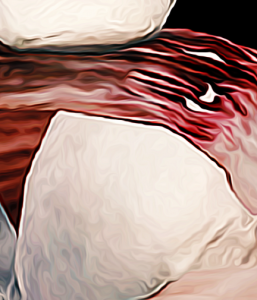
Before we give a more detailed description as to how a rotator cuff repair works, let’s break down what exactly the rotator cuff is. The shoulder is made up of three bones. These three bones are the scapula, the humerus and the clavicle. The scapula refers to the shoulder blade. The shoulder blades are the triangle shaped bones located in the back half of the body. The humerus refers to the upper arm bone, and serves as an attachment to the thirteen muscles which aid the movement of the elbow and hand. The clavicle is the elongated S-shaped bone that resides between the shoulder and the top of the ribcage. The purpose of the clavicle, or ‘collarbone’, is to provide structural support for the skeleton and shoulder.
The rotator cuff itself is formed by four muscle tendons. These tendons are the supraspinatus, infraspinatus, subscapularis and teres minor. The tendons help attach muscles to bones, and the overall role of the rotator cuff is to connect the humerus to the scapula. Muscles help to move the bones by working together to pull on the tendons. This helps to raise the arm and rotate it.
There are many rotator cuff repair specialists near Melbourne who are very capable and experienced in performing procedures to repair tears that can occur within the rotator cuff.
Before resorting to surgery, many surgeons recommend alternative methods to repair tears. These alternative methods often incorporate exercise, stretches and therapy to help build strength in the muscles. If you have a full tear, then therapy may not be enough and in which case, you will need to opt for surgery. Similar to a shoulder arthroplasty, the surgeon will use small tools to make the repair and rehabilitation can sometimes take quite a few months. If you follow recovery advice given to you by your surgeon, then the recovery process will be a lot more smooth.